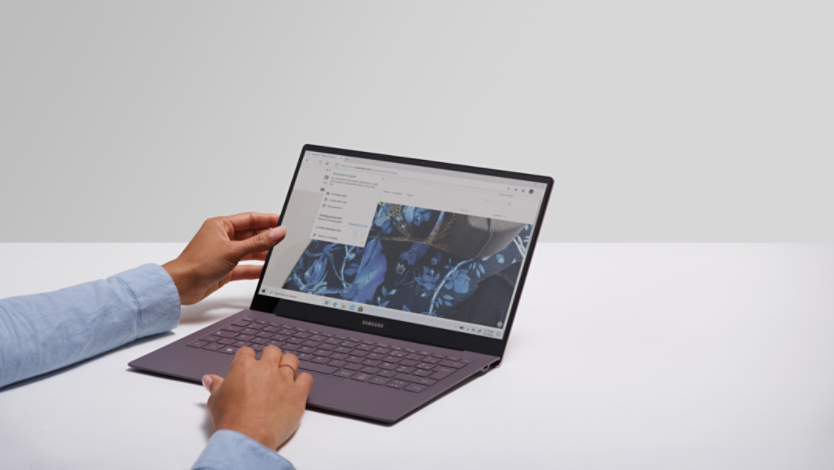
August 15, 2023
What is a malicious website?
The internet offers endless possibilities of ways to bank, shop, socialize, and entertain yourself, but this wide scope of activities also puts you at risk for cybersecurity threats, including malicious websites. Learn what a malicious website is and how specific Microsoft Edge features can protect you from cyberthreats.
How Microsoft Edge features protect you from malicious websites
A malicious website looks like a typical website, but it’s designed to attack your PC or steal your personal data. On the surface, these sites might use branding and layouts similar to a web page you’ve used before. Once you engage with one of these sites, malware can install on your device and hack your private information, like usernames, passwords, credit card details, and more.
There’s no need to worry about falling victim to malicious websites when you use a checker that scans websites for security risks and malware. With these built-in features, Microsoft Edge is designed to help protect you from malicious websites.
Microsoft Defender SmartScreen
Microsoft Edge is equipped with a built-in scanner and alert system that helps you browse safer. Microsoft Defender SmartScreen scans websites and warns you to continue to the page with caution if it finds suspicious data in its scan. It also checks the websites you visit against a list of malicious websites that have been reported for phishing and other malware. If you happen to visit a malicious site, Defender SmartScreen will block it and alert you. This secure tool also works when you’re downloading from the web, stopping you from downloading malicious software or programs. It even checks your downloaded files against a list of popular downloads from other Microsoft Edge users. If your file isn’t on the list of unsafe downloads or programs, you should still proceed with caution when downloading apps from third-party websites.
Automatic HTTPS encryption
As you browse the web, you might notice how some URLs start with http:// or https://. Hypertext transfer protocol (HTTP) is simply a way for web servers to send a web page’s data (text, photos, videos, etc.) to your browser. However, HTTP isn’t always the most secure because cybercriminals can intercept the server’s connection and change the page’s content or redirect you to a different web page.
HTTPS is a more secure version of this connection, and many websites support this protocol. When you’re visiting a website in Microsoft Edge, it will automatically switch your connection from HTTP to HTTPS on websites that support the more secure form. While you won’t receive pop-up notifications when this automatic switch happens, there will be a Not secure ^ notice to the left of the URL when the web page uses a less secure HTTP or no secure connection at all.
Password Monitor
There might be times when one of your account passwords is accessed in a company’s data breach. Microsoft Edge has a built-in Password Monitor that alerts you when one of your passwords isn’t safe to use anymore. This tool checks your saved passwords against lists of data breaches each time you use a username-password combination. You can also manually check your passwords by going into Microsoft Edge settings and selecting Scan now in the Profiles/Passwords section.
Don’t stress about whether or not a website is legit or keeping track of every data breach that occurs within a company. Microsoft Edge security features make protecting your information seamless. Receive alerts whenever you may be visiting a malicious website and when your passwords and other personal details are at risk. Start browsing with Microsoft Edge, and let this secure browser do the heavy lifting for you.
- Features and functionality subject to change.
- Articles are written specifically for the United States market; features, functionality, and availability may vary by region.
Products featured in this article

Microsoft Edge
More articles

What are the most common threats to your online security?

What is browser hijacking, and are you at risk?

